Yes! It is finally finished! This was the first airplane in the development of the Yakovlev Yak-25 “Flashlight.”
Features:
- Two 37mm N-37 cannon
- Two 212mm ARS-212 unguided rockets
- (AG-1) Brake chute
- Custom landing gear
- Flaps
History:
Yakovlev began developing a two-seat, twin-engine patrol interceptor, designated the Yak-120 by the design bureau, in 1951. It received official authorization by a directive of the Council of Ministers on 10 August of that year. In a break from previous Yakovlev designs, the Yak-120's thin, mid-set wings were swept back at a 45 degree angle with large two-section flaps. To provide more directional stability, a ventral fin was attached to the swept cruciform tail surfaces. The aircraft was powered by two Mikulin AM-5 turbojets, mounted in nacelles that were attached directly to the undersurface of the wing.
The design maximized fuel capacity to provide greater endurance, resulting in the usage of a bicycle undercarriage with a single-wheel nose unit and a two-wheel main unit, augmented by outrigger struts mounted under the wingtips. The Yak-120 was configured to carry a conformal drop tank on the centerline of the fuselage to provide additional endurance.
The aircraft included an RP-6 Sokol radar in its nose, with the radar antenna dish enclosed by a bullet-shaped glass fiber radome. It carried two crewmen, a pilot and a radar intercept operator, seated in tandem below a shared aft-sliding canopy. The radar intercept operator handled target searching and assisted the pilot in guiding the aircraft towards the target in unfavorable weather, and was able to fly the aircraft when required due to the aircraft's dual controls, decreasing pilot fatigue on lengthy missions. The aircraft's fixed windshield included a 105-millimeter (4.1 in)-thick bulletproof glass panel, while the rest of the aircraft was protected by 10-millimeter (0.39 in) all-round armor plates.
The aircraft was armed with two 37mm Nudelman N-37L cannon, mounted low on the sides of the center fuselage. A supply of 50 rounds per gun was typically carried, although the ammunition boxes could contain twice as much. Under the wings, there was provision for two 212mm (8.3 in) ARS-212 unguided rockets. The aircraft's avionics allowed it to navigate and intercept its targets in all weather conditions at altitudes up to its service ceiling. As well as the radar, the aircraft was equipped with an SRO-1 IFF transponder an RSIU-3 Klyon VHF radio, and an AP-28 autopilot. To set up an automatic landing approach in bad weather, the Yak-120 included a Materik (Russian for continent) Instrument landing system. The Pozitron-1 system completed the aircraft's avionics systems, and was likely a command link system.
The aircraft's wings, tail unit, and air intakes were equipped with hot air de-icing while the foreign object damage protection screens and intake center-bodies of the engines were de-iced electrically, enabling the Yak to remain at colder high altitudes for longer times and to operate in regions with a cold climate. Despite its complex and heavy avionics, the aircraft had a lightweight airframe for a twin-engined fighter, due to a design that reduced structural weight to the minimum. Two prototypes and a static test mockup were built by Yakovlev. The first prototype flew on 19 June 1952, piloted by Yakovlev test pilot Valentin Volkov. Manufacturer testing continued until November.
The Yak-120 exceeded the Air Force specific operational requirements in all aspects except for speed and range. Its 3-hour and 45 minute endurance without a drop tank (4 hours and 15 minutes with tank) and 2,800 km range on internal fuel at 12,000 m altitude allowed it to fly long-range patrols. Being smaller and lighter, it surpassed the performance of the competing Lavochkin La-200, and Mikoyan-Gurevich I-320. However, the aircraft could not be submitted for state acceptance trials due to delays in the development of the RP-6 radar. As a result, the RP-1 Izumrood radar was fired as a temporary substitute in early December. The Yak-120 was tested at the Scientific Research Institute of the Air Force (NII VVS) with the RP-1 between May and June 1953. With mostly positive results, the aircraft was authorized for production with the service designation Yak-25. The test results from the NII VVS were approved as specifications for the Yak-25 by a Council of Ministers directive on 8 September.
- Wikipedia.org
Historical Gallery:
Yakovlev Yak-120 prototype

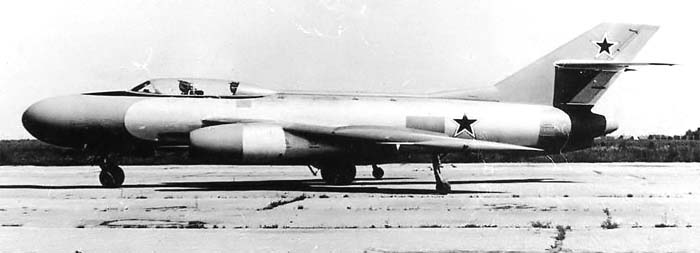
Side drawing of Yak-120

Specifications
Spotlights
- Trainzo 7.2 years ago
- NexusGaming 7.2 years ago
General Characteristics
- Created On iOS
- Wingspan 48.8ft (14.9m)
- Length 52.6ft (16.0m)
- Height 15.7ft (4.8m)
- Empty Weight N/A
- Loaded Weight 35,132lbs (15,935kg)
Performance
- Power/Weight Ratio 1.919
- Wing Loading 71.2lbs/ft2 (347.6kg/m2)
- Wing Area 493.4ft2 (45.8m2)
- Drag Points 5668
Parts
- Number of Parts 125
- Control Surfaces 7
- Performance Cost 548

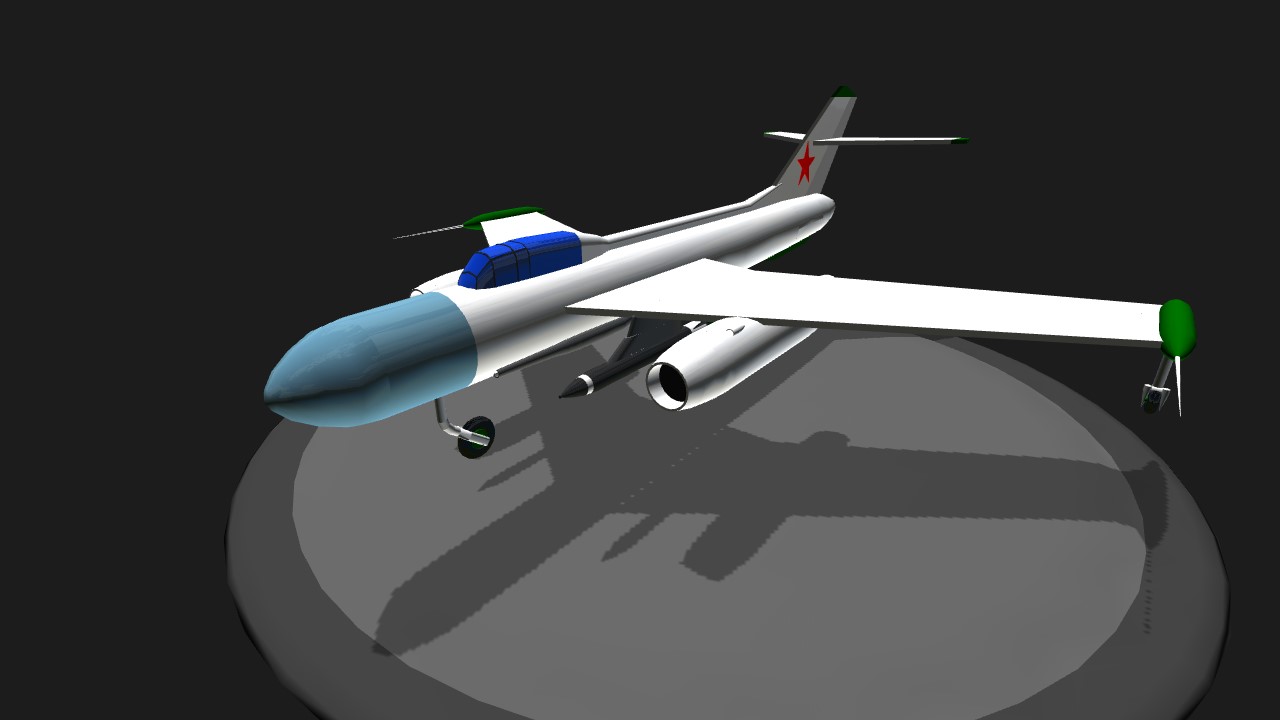
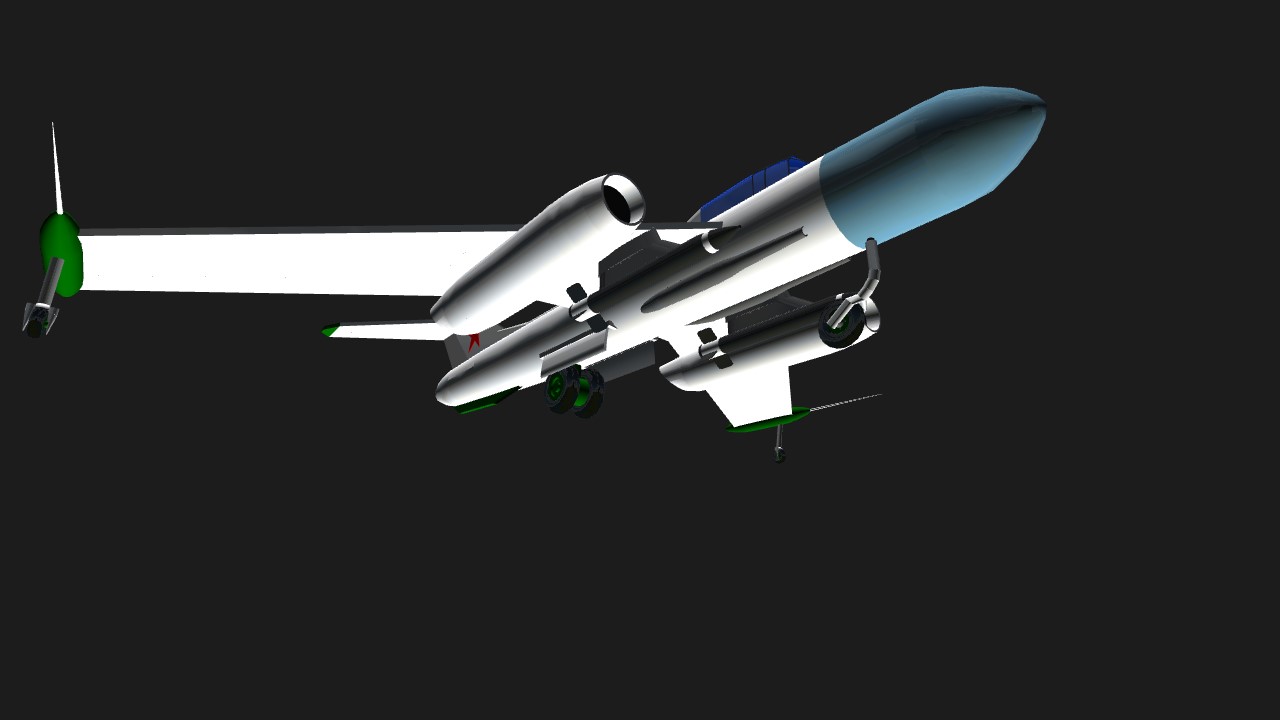

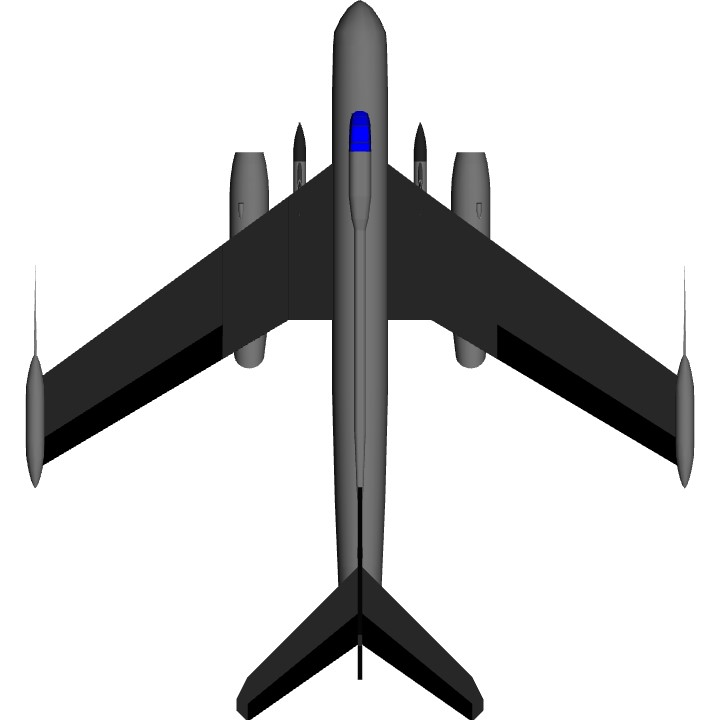
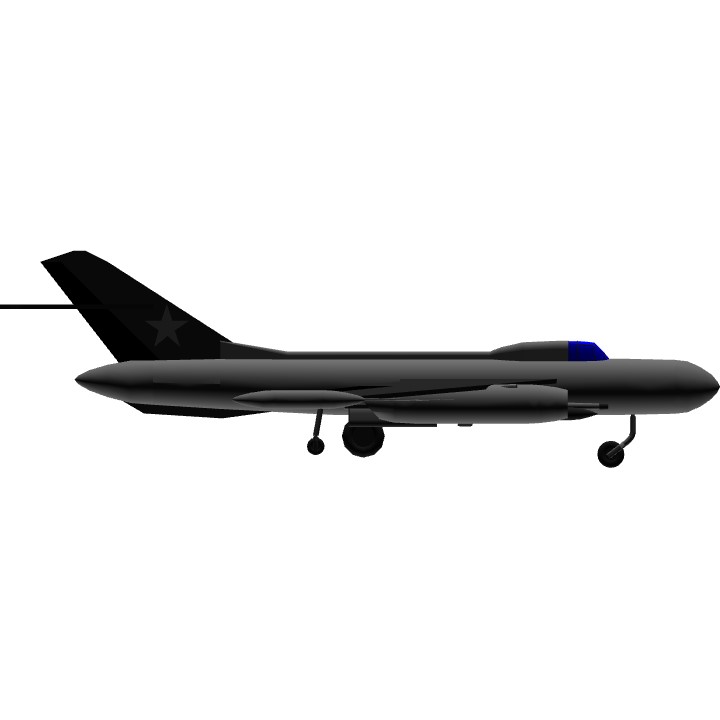

Thanks! @YangzhouAvionic
This airplane has two of them. Although I will make more planes with them in the future. @dootdootbananabus
@AircraftoftheRedStar when are you planning to use my scaled rockets (remember about a week or three ago?)
Thanks! @tylerdeveneuxmusic
Thank you for the upvote! @Tang0five
Thank you! @Trainzo
Very nice replica . Great job .